

KENNESAW, Ga. | Sep 10, 2020
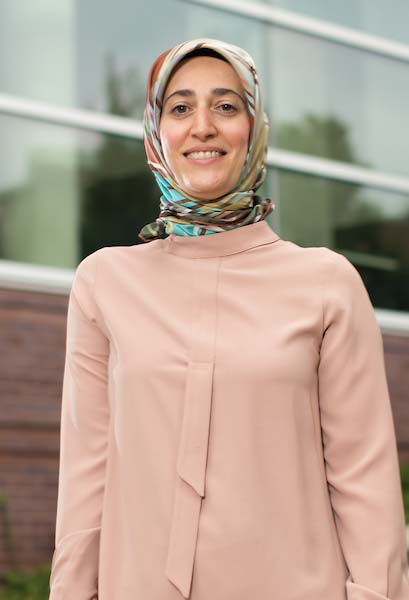
For the past two years, Kennesaw State University researcher Ayse Tekes, along with a team of undergraduates, has been working to find a solution to a common teaching challenge — how to improve student learning outcomes with limited resources.
Tekes, assistant professor of mechanical engineering in KSU’s Southern Polytechnic College of Engineering and Engineering Technology (SPCEET), has been focusing her efforts on improving educational aids used to teach abstract concepts to mechanical engineering students during introductory courses.
Her Dynamics and Control Research Group of undergraduate students designed and developed 3D printed laboratory equipment (3D-PLE) prototypes that could be used to demonstrate vibrations and control theories while remaining portable and cost-effective — less than $30 to create. Tekes explained that the commercial turn-key systems used in the labs are expensive to replace and are often shared between students because they can be bulky to accommodate multiples in a smaller learning space, and their limited portability results in few available stations.
“Although the commercial equipment comes with integrated software and instrumentation ready to collect data, it is not designed for use in classroom demonstrations or for short hands-on activities,” she said. “Therefore, opportunities for student learning through concrete, hands-on experience with the laboratory equipment is restricted to very basic manipulation or even to pure observation.”
Now Tekes and Tris Utschig, director of scholarly teaching in KSU’s Center for Excellence in Teaching and Learning (CETL), are taking the project to the next level. They received a National Science Foundation (NSF) grant – the first for Tekes – from the Improving Undergraduate STEM Education (IUSE) Program, which supports research and development projects to create, explore and implement promising tools and practices in STEM education.
“My best luck with this proposal has been working with Tris as he is very experienced with proposal writing,” Tekes said. “I was more familiar with engineering terms but engineering with education was a different language for me and Tris helped me understand as we worked through the process.”
The three-year, $297,262 award will support the implementation of the 3D-PLE and associated learning activities in lecture and laboratory courses for dynamics, vibrations, machine design, and control theory. Student learning and professional outcomes will be assessed in these courses, comparing the results of students who used the devices in the learning activities to students without the learning activities.
“Working together with Ayse and her students over the past several years to develop this proposal has been one of the most exciting projects in my faculty professional development career,” said Utschig, associate professor of nuclear engineering. “Students are attracted to the project not only because of Ayse’s boundless enthusiasm, but also because they love working on these projects as they see their skills in critical thinking, problem-solving, and engineering design are all elevated far beyond what one can normally achieve with traditional classroom learning.”
Tekes said that an undergraduate research design group will plan, print and evaluate the new devices, that will be bundled with ready-to-use learning activities created by Tekes and Utschig focused on guided explorations that involve real-world phenomena to illustrate abstract concepts. The research design group will introduce their devices to students in the courses and assist during the learning activities.
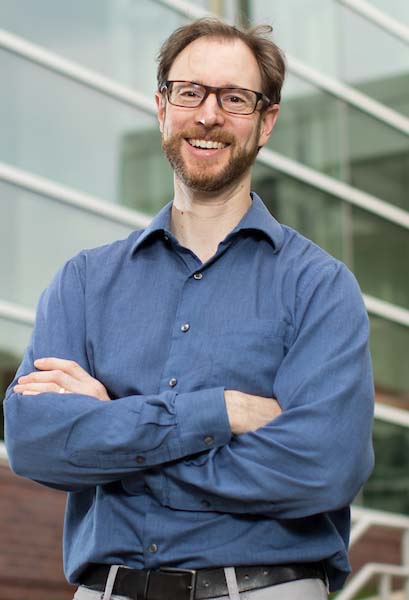
The idea to create the 3D-PLE formed a few years ago when Tekes attended the Institute of Electrical and Electronics Engineers (IEEE) American Control Conference and learned of the demand for take-home educational kits. With student assistance and a series of internal grants awarded by KSU’s Office of Research, Tekes and her team immediately began the design phase in early 2018 with initial prototypes made of wood blocks with spring steels acting as the vibrating apparatus.
Her students finalized one device – an interlocking, 3D-printed block of plastic that can be easily broken down for transportation. They presented their findings at the fall 2018 Dynamic Systems and Control Conference of the American Society of Mechanical Engineers.
“The results of this current project phase may present a new approach for improving engineering education while decreasing the cost of education,” Tekes said. “An online repository containing device plans and associated learning activities will enable other engineering programs to adopt this approach.”
– Joëlle Walls
Photos by David Caselli
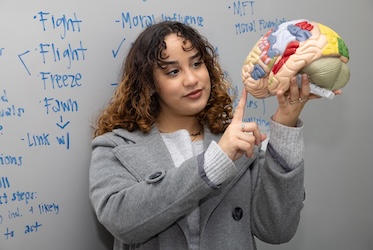
Kennesaw State student explores how trauma affects decision-making
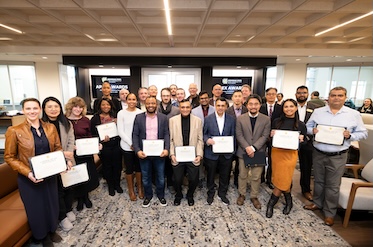
Top researchers recognized for achievements at Apex Awards
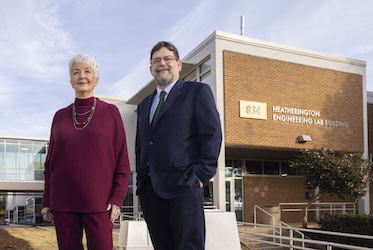
Lawrence Whitman installed as Dale and Ann Heatherington Endowed Chair of Engineering and Engineering Technology
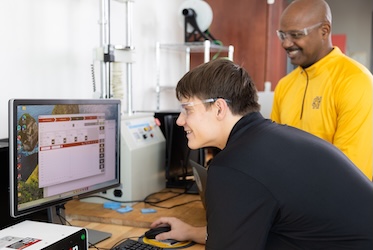
Kennesaw State team innovates stronger 3D-printed structures through advanced simulations
A leader in innovative teaching and learning, Kennesaw State University offers undergraduate, graduate, and doctoral degrees to its more than 51,000 students. Kennesaw State is a member of the University System of Georgia with 11 academic colleges. The university's vibrant campus culture, diverse population, strong global ties, and entrepreneurial spirit draw students from throughout the country and the world. Kennesaw State is a Carnegie-designated doctoral research institution (R2), placing it among an elite group of only 8 percent of U.S. colleges and universities with an R1 or R2 status. For more information, visit kennesaw.edu.